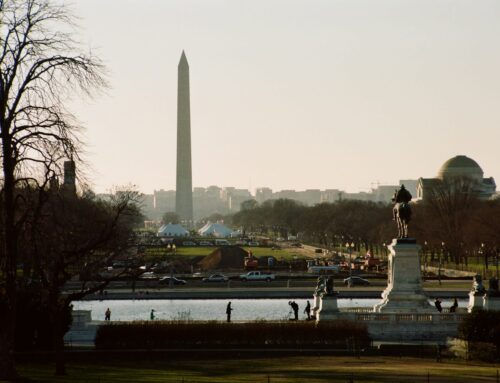The numbers compiled by the Center for Responsive Politics, a nonpartisan organization that tracks money in American politics, might not seem surprising. The amount spent on lobbying during the first nine months of Donald Trump’s presidency, it found, was higher than in any corresponding period since 2012. A new administration would attract a new wave of lobbying, you would think.
Except that Mr. Trump promised something different. “For too long, a small group in our nation’s capital has reaped the rewards of government while the people have borne the cost,” he said in his Inaugural Address. “Washington flourished — but the people did not share in its wealth.”
Washington, though, has continued to flourish, and Trump himself has reaped some of the rewards. A new report from Public Citizen, a nonpartisan government watchdog, documents more than 60 examples of lobbying groups, foreign governments and corporate interests holding parties and meetings in Trump family properties, including that beacon for Washington lobbyists, the Trump International Hotel in D.C.
Mar-a-Lago, the Trump-owned private club where the president spends much of his time, charged up to $750 per person to spend New Year’s Eve with him.
As we have noted, this all began with the festivities surrounding the inauguration, which were bankrolled by coal, oil, gas, chemical, technology and pharmaceutical companies that forked over a big chunk of the record $107 million raised for the inaugural events. Organizers aren’t saying how much was spent and what was done with the leftover money — likely tens of millions of dollars — which they said would go to charity, USA Today reported on Thursday.
But what is clear is that Mr. Trump and Republicans in Congress have been doing corporate interests’ bidding ever since.
The Trump transition’s “beachhead teams,” which essentially took control of federal departments and other agencies without needing Senate approval, bristled with lobbyists, some working inside the same agencies regulating their former industries. Cartoonishly self-interested cabinet members and senior advisers were drawn from the corporate elite Mr. Trump derided on the campaign trail. “I’m going to fight for every person in this country who believes government should serve the people — not the donors and special interests,” Mr. Trump promised. Not so much.
Instead, Mr. Trump got to work serving those special interests, signing executive orders gutting environmental, health and safety rules, sometimes as his industry masters looked on. Interested more in media attention than in governing, Mr. Trump stages televised meetings where he glowers “Apprentice”-style and demands that Congress send him legislation to sign. What a perfect scenario for big Republican donors. They help write perks for their industries into the bill, then congressional leaders push it under the pen of a president who signs pretty much anything. Take the December tax “reform.” It shortchanges low-income people, working families and the elderly to grant a big payday to multinational corporations, hedge funds, and the Trump family businesses. Mr. Trump doesn’t seem to read legislation or much else, but there’s no doubt that last part caught his eye.
Mr. Trump has become such a Washington creature that he’s rooting for a return to earmarks, that opaque process in which legislators direct federal spending to their home districts and pet projects, like Republican Representative Don Young of Alaska’s failed “bridge to nowhere,” a plan to waste more than $300 million on a mammoth bridge to an Alaska island of 50 inhabitants.
Contrary to his promises but not surprisingly, Mr. Trump spent his first year cementing the inequity he decried at his swearing-in. In the first year of the Trump administration, his words from a year ago have echoed: “Washington flourished — but the people did not share in its wealth.”











Get Social